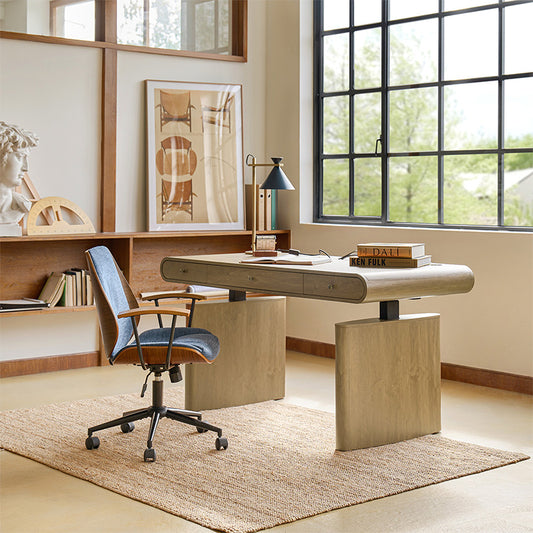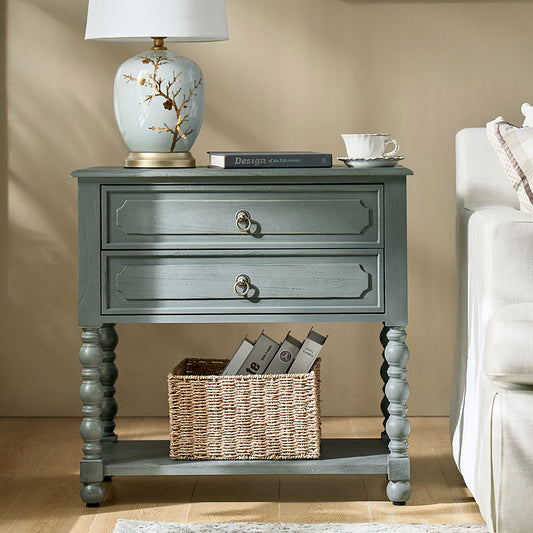Nursery Room Essentials: The Ultimate Newborn Checklist

Designing a nursery is more than just setting up a room; it’s about crafting a cozy, functional space where your baby will spend much of their early life. Whether you’re building from the ground up or transforming an existing room, some key items ensure safety, comfort, and practicality. Let’s walk through what you need to consider when planning the perfect nursery.
Picking the Right Room
Size and Location
The nursery’s size should comfortably fit essentials like the crib, changing station, and storage units. Aim for a space that’s between 12-16 square meters, adapting based on the specific layout of your home. Choosing a spot that's quiet and away from noisy zones, like the kitchen or living room, is also key for maintaining a peaceful environment.
Comfort and Calm
A serene atmosphere is vital for helping your baby sleep soundly. Pick a room where light and sound disturbances are minimal to provide a calming setting that nurtures rest.
What Do You Need in a Nursery Room?
Crib or Bassinet
Your baby will spend countless hours in their crib, so safety is paramount. A firm mattress, with a snug fit, and crib slats spaced no more than 6 cm apart, are must-haves for a secure setup. Opt for portable or foldable models if you want added flexibility.
Crib Accessories
From pillows to bedding, choosing the right crib accessories can enhance your baby’s comfort. You may also want to consider installing a bed safety fence to keep your little one from accidentally sliding out during sleep.
Nursery Glider
Late-night feedings are much easier with a nursery glider—a soft, cushioned chair with gentle rocking motions. This piece of furniture is all about comfort, making those nighttime moments more pleasant for both you and your baby.
Dresser
A dresser is essential for storing clothes, blankets, and baby supplies. Opt for non-toxic materials to ensure a chemical-free environment, and customize it to match the nursery’s theme for a personal touch.
Lighting
Adjustable lighting helps manage brightness for different situations—dim the lights during check-ins or brighten up the room during nail trimming. A dimmer switch or smart system gives you the flexibility to control the ambiance.
Baby Monitor
Keep a watchful eye on your baby with modern monitors that offer Wi-Fi connectivity, real-time video, and mobile app integration. This technology gives you peace of mind whether you’re in another room or stepping outside.
Crawling Mat
As your baby starts crawling, a soft mat provides a safe and comfortable surface. Choose one made of eco-friendly materials and ensure it’s easy to clean.
Wall Decorations
Wallpaper, accent walls, and charming wall art can transform the nursery. Consider colorful designs or murals that engage your baby’s imagination, adding both warmth and creativity to the space.
Safety Considerations in the Nursery
Clean and Allergy-Free Environment
Babies are sensitive to allergens like dust and mold, so maintaining a clean environment is crucial. Regularly clean walls, floors, and carpets, and choose natural cleaners to avoid harmful chemicals.
Silent Hinges
Lubricating door hinges prevents any creaky noises that might wake your baby, allowing for quiet comings and goings.
Safety Devices
Ensure you’ve installed smoke detectors and carbon monoxide alarms in the nursery, and make sure all heavy furniture is fastened securely to the walls. Cover electrical outlets to safeguard your baby from potential hazards.
When Should You Set Up a Nursery?
The second trimester, from weeks 14 to 27, is often the ideal time to start preparing the nursery. You’ll have more energy, and the stress of last-minute tasks will be minimized. While some parents begin immediately, others wait until after the baby arrives—it all depends on what feels right for your family.
Do You Really Need a Nursery?
While a beautifully decorated nursery is appealing, many parents find that a dedicated nursery isn’t always essential in the early months. Babies often sleep in their parents’ room for the first six months to a year, mainly for convenience and safety. Experts even recommend room-sharing during this time to lower the risk of Sudden Infant Death Syndrome (SIDS). In this period, a simple sleep space and basic storage may be all that’s needed.
Some parents prefer to wait until later to set up a full nursery, especially if space and budget are concerns. Ultimately, the decision to create a nursery depends on your family’s needs and preferences.



























No comments